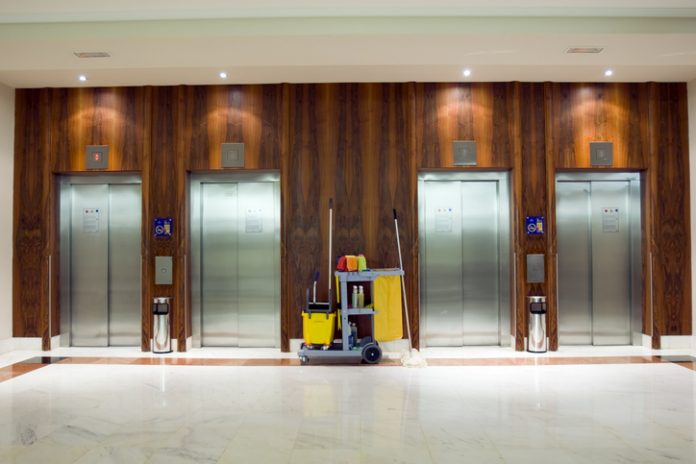
Wellness is a top trend in hospitality, with leading organizations investing in gyms, in-room fitness programs, spas, nutrition, and more to meet guests’ needs and expectations. However, fewer hotels are focusing on cleaning processes and products as a fundamental building block of wellness-minded companies. What goes on “behind the scenes” and between guest visits is a crucial component that any wellness-focused hospitality organization must consider.
Any hospitality organization that is committed to wellness must look at its cleaning processes to meet guests’ expectations of holistic, 360-degree wellness. According to a survey sponsored by the Chubb Group of Insurance Companies, guests rank cleanliness as the most important factor in selecting a hotel. More hotels and resorts are upgrading to hospital-grade environmental hygiene practices. Community-acquired infections (CAIs) have emerged as a serious public health concern, and no public place is subject to tougher scrutiny. Germs and contaminants threaten the health of everyone who visits the property, and their safety is the hotel’s responsibility.
Hotels can take their wellness programs to the next level by:
- Examining the chemicals used in cleaning products;
- Using high-performance textiles (e.g., reusable/washable microfibers and mattress pads) that improve hygiene, eliminate odors, and provide a new room/new mattress experience for each guest;
- Establishing cleaning processes among staff that include color-coded programs to eliminate the risk of cross-contamination between rooms; and
- Providing ergonomic tools that enable room attendants to efficiently clean surfaces high and low.
Chemicals in Cleaning
Guests choose and recommend nice, clean accommodations. They notice every streak, spot, and stain, and simply won’t tolerate hairs, dust, mold, and odors. In an effort to meet guest cleanliness expectations, some hotels and lodging organizations are mistakenly leveraging too many potent—and oftentimes toxic—chemicals in their cleaning processes. This is of critical importance for guests and housekeeping staff, alike, especially when considering the link between some cleaning products and obesity and lung function.
Moreover, the EPA recently noted that indoors, concentrations of some pollutants are often two to five times higher than typical outdoor concentrations. With the average hotel attendant cleaning 15 to 20 rooms per day, most with little to no ventilation, staff safety should be a major concern.
High Performance, Reusable Textiles
High-performance, reusable microfiber textiles deliver a healthier guest environment with less waste and cost than traditional cleaning methods. The EPA, CDC, Occupational Safety and Health Administration (OSHA) and The Joint Commission support the use of reusable microfiber products, highlighting their superior results in healthcare facilities.
These products are capable of physically removing everything from a surface with minimal effort and eliminating soil and germs from the guest environment. Such microfibers—some of which have built-in antimicrobial protection—can eliminate 99.99 percent of bacteria from hard surfaces. They can be laundered commercially and reused, helping reduce landfill waste from disposable products—another boon to eco-conscious guests who have long embraced the idea of reusing towels and sheets instead of having them changed daily. Finally, high-performance mattress pads can be easily removed, laundered, and replaced, providing complete corner-to-corner mattress protection.
Training Staff
Housekeeping staff from leading hotels are implementing processes that include a color-coded, one-per-room methodology in which they learn the most effective and efficient way to clean a room. Color-coding ensures no cross-contamination among areas in the guestroom. For example, yellow wiper cleans, blue wiper dusts, grey wiper dries glassware, and orange is used in bathroom only.
The wellness-focused hotel must closely analyze its cleaning processes and products not only to meet the high expectations of hotel guests, but to ensure guest and staff safety. By teaching staff the building blocks of optimal cleaning and using fewer disinfectants, hospitality organizations can deliver a healthier guest environment while reducing staff injury and absenteeism, all while increasing the bottom line. From increased guest satisfaction and worker health to lower costs, that’s a win-win across the board.











